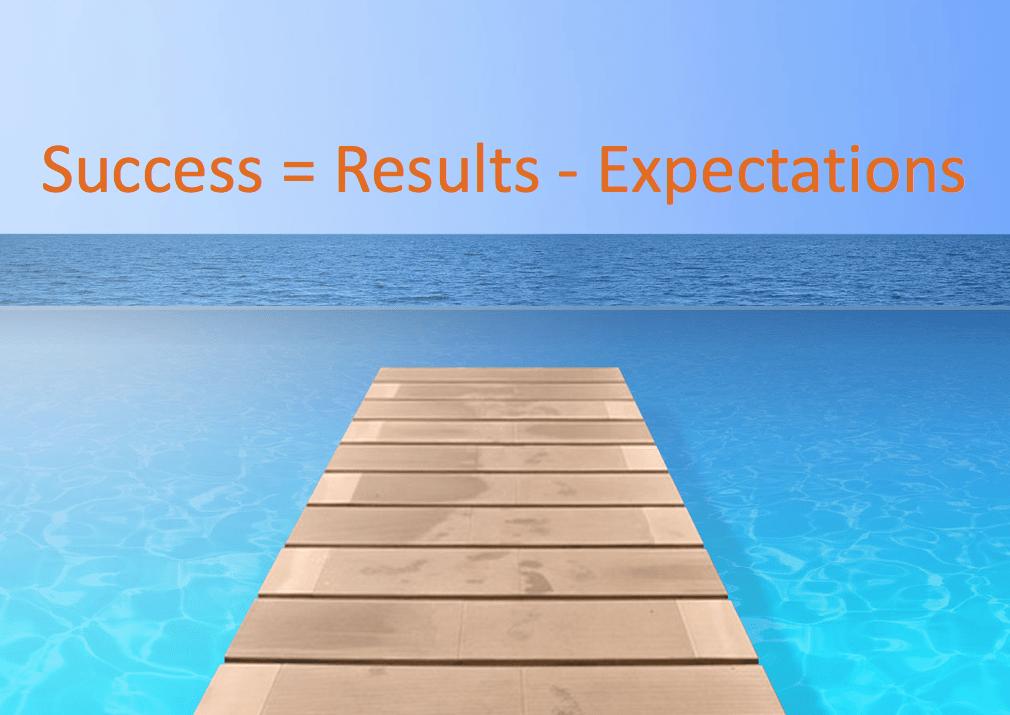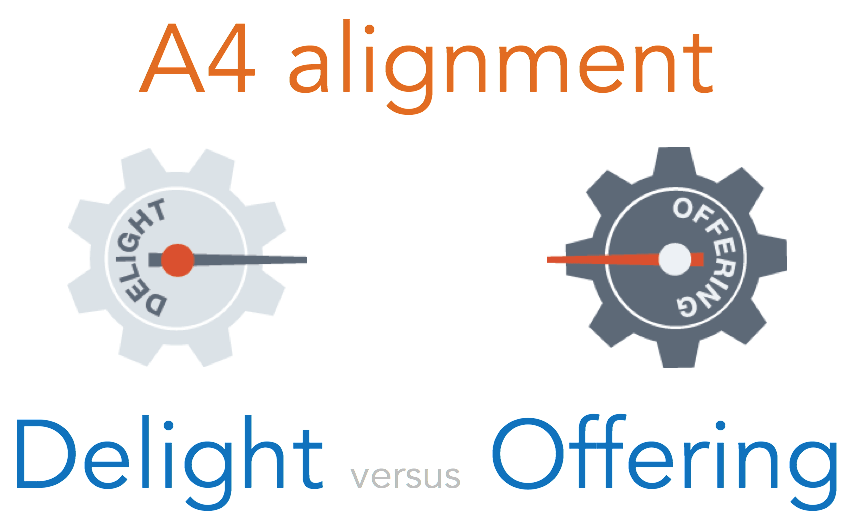
The impedance mismatch of delight
I recently came across an article that ran in Term Sheet and was also published in Fortune, which is an interview of Byron Deeter, a partner at Bessemer Venture Partners. Byron joined Bessemer in 2005 and is one of the most prosperous investors in SaaS and Cloud having led investments in highly successful companies such as Box, Criteo, Twilio and other promising private companies such as GainSight, DocuSign, Intacct, SendGrid, and Tile.
Bessemer is known for publishing their “anti-portfolio”page that lists companies the partners looked at and passed on and wished they had invested in. Most notably on Byron’s list are companies like Atlassian and Tesla. He test-drove the Tesla roadster back in 2006 and believed that the negative gross margins would not yield a sustainable company. That Bessemer list includes marquee logos such as Airbnb, Apple, eBay, Facebook, FedEx, Google, Intel, Intuit, Kayak, PayPal and Snap.
When asked what was the best business advice he has ever received as an early founder, Byron responded:
Success = Results – Expectations
I could not agree more about the wisdom of that advice. A great implementation of that notion is what we define in the 4th axis of alignment in our A4 Precision Alignment™ methodology at Blue Dots:
At Blue Dots, we argue with a lot of conviction and passion that, at the end of the day, every enterprise is in the business of delivering delight. No matter what they actually do. Take La Coupole (the legendary café in the 14th arrondissement in Paris, famous for its intellectual and artist patrons such as Picasso, Josephine Baker, Kessel, Matisse, Camus, Jean-Paul Sartre, Gainsbourg and Birkin), my car repair shop, Nespresso, Boeing or McDonald’s, all these businesses must deliver delight to their customers.
The amount of delight has to be slightly above expectations. If it is below, the misalignment generates a negative impact on the business and revenue will suffer. If it is too much above, then money is left on the table and pricing is not optimized.
The critical aspect is that the expected delight is actually set by the company and totally under its control.
So, I would propose a slightly different equation:
Growth Contribution = Experienced Delight – Expected Delight
A good example of a solid A4 alignment is Halo Top. The company was founded in June 2012 by Justin Woolverton, a former lawyer who was subject to hypoglycemic diet restrictions. His main idea was to offer “lifestyle”ice creams that are healthy and made with natural ingredients. The 25 flavors they offer today are low-calorie, high-protein, and low-sugar, but they actually taste like regular ice creams. The claim about being healthy is well expressed (good A2 alignment) and is backed by clear facts:

In July 2017, Halo Top became the best-selling ice cream in grocery stores, displacing Ben & Jerry’s and Haagen-Dazs, who had enjoyed that distinction for many years and Halo Top is continuing to build a strong base of devoted fans.
The impedance mismatch between Experienced Delight and Expected Delight can actually be measured across all successive steps of interaction with the product or service, across its lifetime of interaction, from Discovery to Disposal. We define this at Blue Dots as the “Delightfulness Coefficient”. It can be accurately measured to highlight where in the full interaction cycle some misalignments happen. It can also be tracked over time to see if the actions taken by the company have a positive impact on the Growth Contribution, but this will be the subject of a future blog…